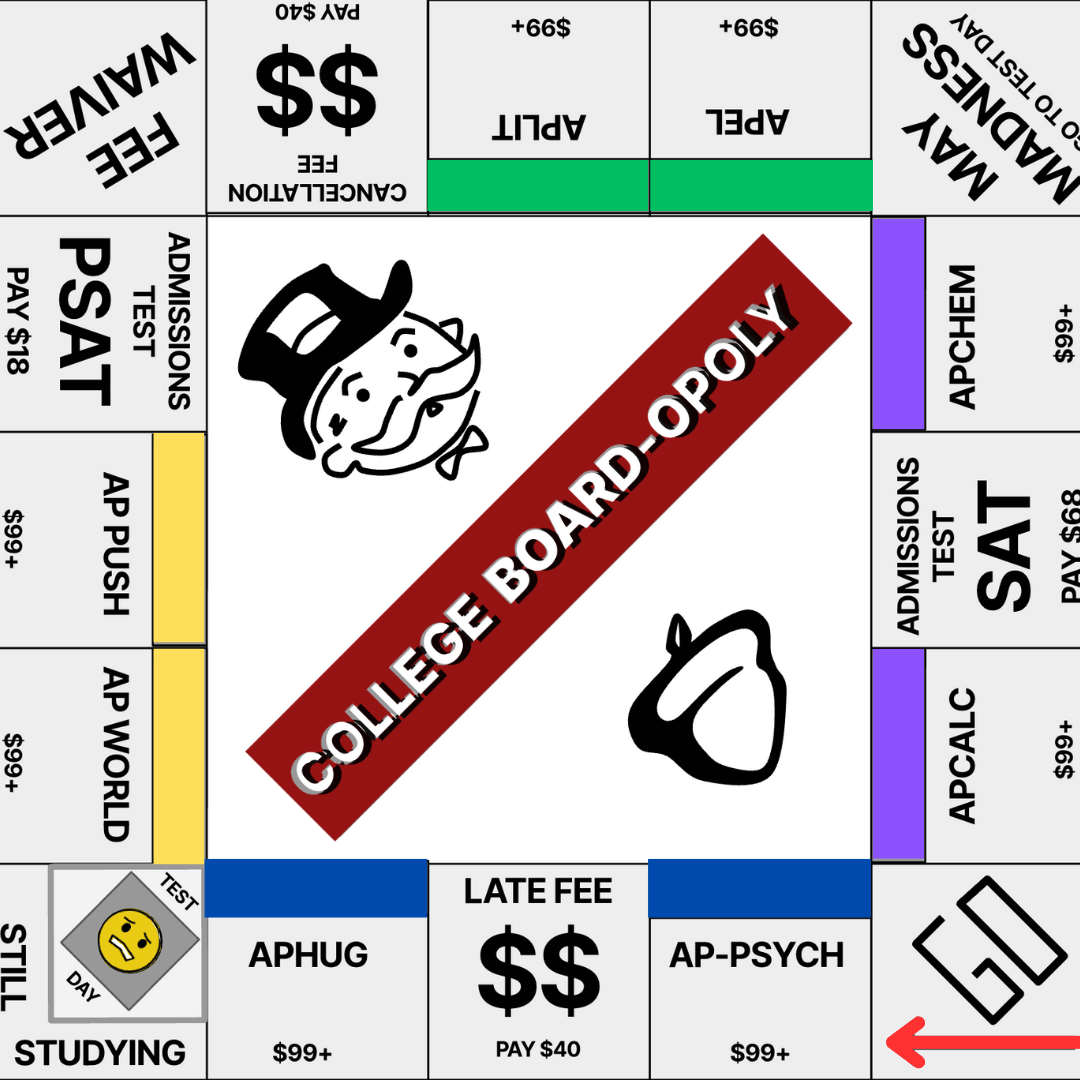Sitting in class waiting for the two-week-long exam to start, eyes begin to shut, “What’s the point?” some students think.
The point is being able to skip courses in the future, and having a better chance of obtaining a college acceptance.
The CAASPP exam measures student achievement in both language arts and mathematics. Many students question putting any effort into a test that is not widely discussed, on top of the stress of regular classwork. For many students, the CAASPP test is overlooked, but in reality, the CAASPP test provides data for California state universities about whether an applicant needs to take a remedial English or math course.
If a student scores high enough to surpass the beginner classes for California public colleges, they can skip to a higher level to complete their degree faster. This can also reduce college expenses since each course is roughly around $1,000 per class.
“You can bypass the classes and tests and give you credit so you don’t have to take those courses again in college,” Administrative Assistant Jennifer Antinone said.
Not only will a higher score reduce expenses for colleges, but it also acts as an indicator of college readiness and practice for upcoming tests with more personal importance, such as the SAT, ACT or AP tests.
“The CAASPP test helps students experience a high-stakes test without the same personal impact as other tests like the SAT or AP exams,” Assistant Principal Cindy Lewis said. A lower score would not hurt college acceptance chances, according to Assistant Principal Monique Kanouse, who believes there is no downside to submitting CAASPP scores. “If you decide to submit your exam scores anticipating a higher score, a lower score will not affect your college acceptance,” Kanouse said.
One of the greatest benefits of CAASPP tests is to help teachers, principals, and districts to see how well students read, write, analyze, and compute compared to students at other schools in the district and state.
Students who choose not to put in effort for the exam affect how others, including colleges, view the quality of the school and the quality of preparation of individual students



